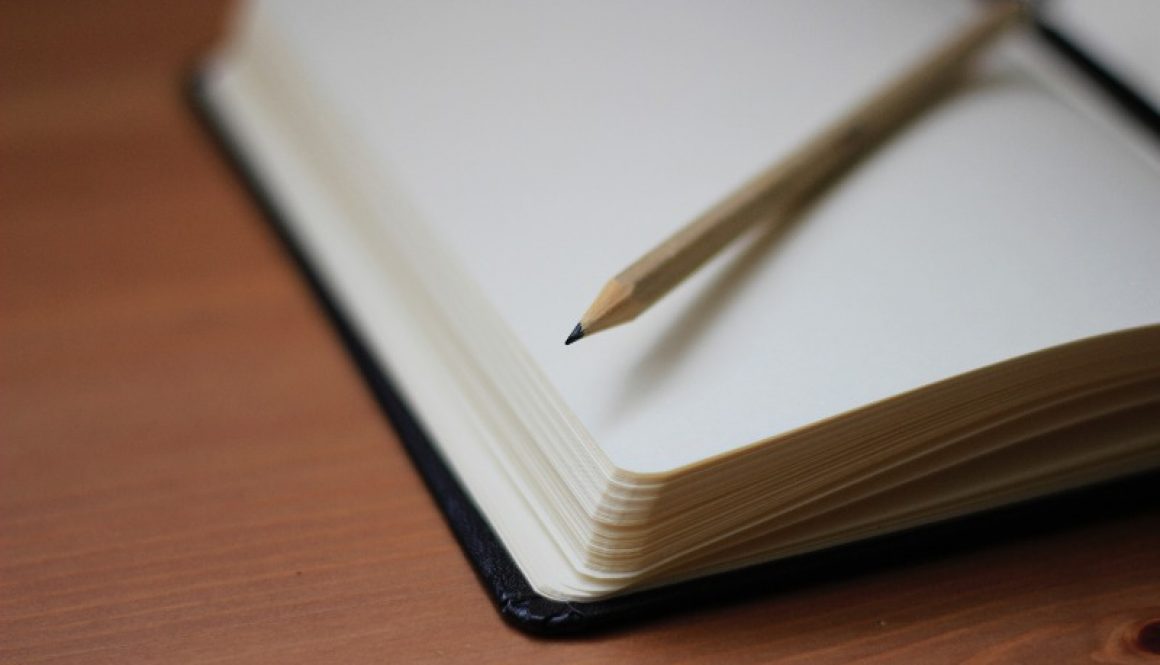Deep Work and Backstage Routines
About two years ago, I was in the middle of finishing my manuscript for “Collaborating Backstage”. We had also just moved into a new house, and with two kids and a pregnant wife, there was a lot of turbulence around my home office. Around the same time, I came across a guy called Cal Newport and his book “Deep Work”. Its core message is about creating high-quality content, the fundamental condition for which is an undisturbed focus. This includes having no phone, no music, no social media, and no other people around your work area. Every single interruption may cost valuable minutes for finding back into the flow.
distractions and focus
Newport’s deep work techniques soon became part of my everyday writing, and while it was a learning process for both my family and me, I tried rather block 20mins of undisturbed time than 2 hours of multitasking. The results were astonishing. The more interruptions I avoided, the more efficient (and creative!) became my output.
taking it into the theater
A few months later, I started to incorporate these experiences into my theater work. The backstage is typically a surrounding full of multitasking and several people talking simultaneously. It is a place where your focus shifts every second, and 101 processes run at the same time. It seems like the opposite of a deep work condition. Could I still apply the method during rehearsals, creations, and show runs? The answer is: yes. And while I found many ways to further improve my personal focus, it also leads us back to a core topic of my book: reading routines.
synchronizing rhythms
Every person at every department has their own working rhythm – the way we like to execute our tasks: How to build a prop, mix the sound, warm-up, or prep a costume. We all like to do things a bit differently and therefore develop our individual routines. And while we are all busy bees droning around backstage, we tend to constantly interrupt each other in these workflows. “Just a quick question”, “How shall we do this?”, “What did you do there?”, “Could you please look after that!” and so on. Not many of us can dive into a valuable deep work mode.
To avoid these straining interruptions, it is crucial to identify our partners’ rhythms and allow them to fully concentrate. Reading routines means understanding when our partners are open to input and when – in everyone’s interest – to let them finish their deep work cycle. Hesitating a single second can sometimes save valuable minutes of refocusing! It makes the team more efficient, raises the collective quality and, most importantly, it improves the overall working atmosphere.
mutual appreciation
Even though it can be quite hectic during rehearsals, consider waiting for the light designer to finish the last cue before giving additional input. Try to allow actors to repeat their lines silently before moving on. Be aware of when to approach who! Your appreciation will quickly return and, as a result, make you more creative and efficient in your (deep) work, as well.
If you want to find out more about synchronizing workflows and developing a shared creative language behind the wings, please have a look at my book “Collaborating Backstage”. You will find a lot more information about reading (and breaking!) routines as well as numerous hands-on techniques for theater professionals.
Thanks for visiting my blog!
Stay positive and focused

